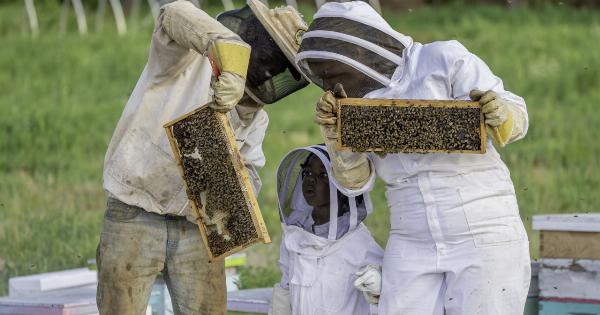Consent and responsibility are two very important aspects of any sexual relationship.
Consent refers to the act of giving permission for sexual activity, while responsibility refers to taking ownership of one’s actions and the consequences that may arise from them. In this article, we will discuss the importance of consent and responsibility in sexual relationships and how they are interconnected.
What is Consent?
Consent is a crucial aspect of any sexual encounter. It is the act of giving permission or agreeing to engage in sexual activity with another person. Consent must be freely given and must be given with full knowledge of what is being agreed to.
Without consent, any sexual activity is considered to be sexual assault or rape.
Consent can be given verbally or non-verbally, but it must be clear and unambiguous.
Non-verbal cues such as body language or facial expressions can be used to signal consent, but it is important to always obtain verbal confirmation to ensure that both parties are on the same page.
What is Responsibility?
Responsibility refers to the obligation or accountability that one has for their actions. In the context of sexual relationships, responsibility means taking ownership of one’s decisions and the consequences that may arise from them.
It involves being aware of one’s own boundaries and respecting those of their partner.
Responsibility also involves being aware of the potential risks and consequences of sexual activity, such as the risk of sexually transmitted infections (STIs) or unintended pregnancy.
By taking responsibility for their actions, individuals can make informed decisions about engaging in sexual activity and ensure that they are taking steps to protect themselves and their partners from harm.
The Interconnection between Consent and Responsibility
Consent and responsibility are interconnected in a number of ways. Firstly, obtaining consent is the responsibility of both parties involved in a sexual encounter.
It is not the responsibility of one person to obtain consent from the other, but rather a joint responsibility to ensure that both parties are consenting to the activity.
Secondly, taking responsibility for one’s actions can help to ensure that consent is obtained and maintained throughout the sexual encounter.
By respecting one’s own boundaries and those of their partner, individuals can help to create a safe and consensual environment for sexual activity to take place.
Finally, taking responsibility for the consequences of sexual activity is important for both parties involved.
This includes taking steps to prevent the transmission of STIs and unintended pregnancy, as well as seeking medical attention if any concerns arise following sexual activity.
Recognizing and Respecting Boundaries
One of the most important aspects of both consent and responsibility in sexual relationships is recognizing and respecting boundaries.
This includes both physical and emotional boundaries and involves understanding that each individual has the right to set their own limits and expectations around sexual activity.
By respecting these boundaries, individuals can help to create a safe and consensual environment for sexual activity. This involves being aware of non-verbal cues and actively seeking verbal confirmation of consent throughout the encounter.
Communication
Communication is key to ensuring that both parties are consenting to sexual activity and taking responsibility for their actions.
This includes not only discussing boundaries and expectations before sexual activity takes place but also checking in regularly throughout the encounter to ensure that both parties are comfortable and consenting.
If at any time during the encounter one party indicates that they are uncomfortable or no longer consenting to the activity, it is important to stop immediately and respect their wishes.
Education and Awareness
Education and awareness around consent and responsibility in sexual relationships are crucial to creating a safer and more consensual environment for sexual activity.
This includes educating individuals on the importance of consent and how to obtain and maintain it throughout a sexual encounter.
It also includes raising awareness of the potential risks and consequences of sexual activity and how to prevent and manage them. This can include information on safe sex practices, STI testing, and contraception.
Conclusion
Consent and responsibility are two crucial aspects of any sexual encounter.
By recognizing and respecting boundaries, communicating openly and regularly, and taking responsibility for one’s actions, individuals can help to create a safe and consensual environment for sexual activity to take place. Education and awareness around these issues are also key to promoting safer and more consensual sexual relationships.































